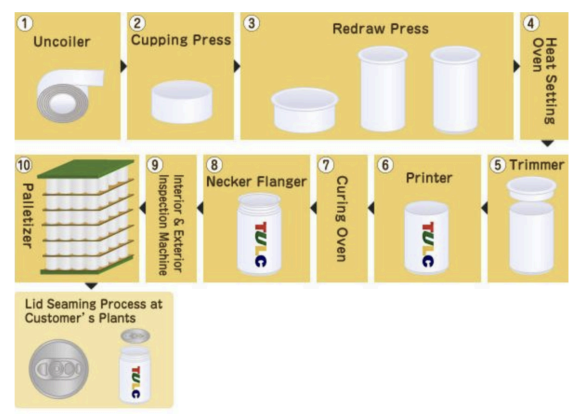Hey, I’m Julie.
I recently earned my Master’s in Mechanical Engineering from Tufts University. Welcome to my portfolio—I hope you enjoy exploring my work!
Project Overview:
For the Double Jump project, I designed and built a mechanism that could launch a second jump mid-air. I used CAD software to create the design and focused on making it precise and reliable. A lot of the work involved prototyping, testing, and tweaking the design to get it just right.
For the Line Sensor project, I designed a system that could detect and follow a single line using a line sensor. I programmed the sensor to accurately track the line and integrated it with a mechanical setup to guide the system’s movement. I spent a lot of time testing and fine-tuning to make sure it worked reliably.
For the Pit Stop project, I created a system to make changing components on a device faster and more efficient. I focused on designing a quick-release mechanism and used CAD software to bring the design to life. I tested and refined the system to make sure it was reliable and easy to use.
For my Senior Design Project, I designed and built an automated shaft-cutting machine to streamline the process of cutting steel rods to specific lengths. I used CAD software to design the components and created prototypes for cutting, measuring, and feeding systems. Through testing and refinement, I developed a system that improved both efficiency and accuracy.
For the Mushroom Kingdom Raceway project, we used Teachable Machines and an iPhone camera to detect objects on a track. The system was programmed to turn in specific directions based on the detected objects.
For the Flag Pole project, I worked on designing and building a mechanism that could raise and lower a flag efficiently. I used CAD software to design the parts and focused on making the system sturdy and reliable. The project involved a lot of testing and fine-tuning to ensure everything worked smoothly.
For the Latte Maker project, I designed and built an automated coffee pod loading system as part of a robotic latte maker. Using CAD software, I created a mechanism to load pods precisely and consistently. The project involved prototyping and refining the system to ensure smooth and reliable operation.
For the Color Sensor project, I built a system that could follow multiple different colored lines of tape. I programmed the color sensor to detect and differentiate between the colors, allowing the system to navigate accordingly. The project involved coding, testing, and refining the setup to ensure smooth and accurate performance.
For the Electromechanical Game project, I designed and built a ball ramp game with a multi-helix ramp for marbles. I used CAD software for the design and programmed a microcontroller to control motors, LEDs, and push buttons. The project involved prototyping and refining the system to ensure smooth gameplay and functionality.
For this project, I built a robot designed to navigate a maze while carrying a freight. I used a Raspberry Pi to program the navigation system and laser-cut the robot's body to support the weight of the freight. The project involved testing and fine-tuning to ensure the robot could effectively complete its tasks.
In this project, I analyzed the manufacturing process of soda cans, focusing on the benefits of using aluminum, such as its lightweight and recyclable nature. I explored current production techniques for two-piece and three-piece cans and discussed future innovations like AI and automation to enhance efficiency and sustainability in manufacturing.
For this project, I analyzed an engineering drawing of a GE turbine disk to reverse-engineer its manufacturing process, including material selection, machining operations, and surface treatments required to meet GD&T tolerances. I estimated production times for each manufacturing step, incorporating precision machining, quality inspections, and non-destructive testing to ensure compliance with aerospace standards.
For this project, I reimagined a space on campus by creating two distinct design concepts for a café. Using Revit, I developed detailed CAD models to visualize the layouts and features. The designs focused on optimizing functionality, aesthetics, and user experience, providing innovative solutions to enhance the campus environment.
For the Rocket Lamp project, I designed and rendered a lamp in the shape of a rocket. Using CAD software, I focused on creating a functional and visually appealing design, highlighting my skills in both creative concept development and technical rendering.
For the Tetris Game project, I designed and animated a video that begins with a game of Tetris on a computer screen and then zooms out to reveal the game is taking place in an office scene. I used Inventor to create the Tetris pieces, Revit to design the office space, and 3Ds Max to animate and bring the entire scene to life.
For this project, I redesigned a remote control specifically for elderly users to improve functionality and accessibility. Using CAD software, I focused on creating an ergonomic design with larger buttons, simplified controls, and an intuitive layout to enhance usability. The project aimed to address the unique needs of elderly individuals for a more user-friendly experience.
For this project, I disassembled a handheld sewing machine to analyze its components and functionality. I used CAD software to recreate detailed models of each part and then reassembled the machine virtually. This process helped me understand its design and manufacturing intricacies, highlighting areas for potential improvement.
For this project, I redesigned a handheld sewing machine to better accommodate the needs of someone with cerebral palsy. I focused on human-centric design principles, addressing accessibility and ergonomics to create a more comfortable and intuitive product.


















